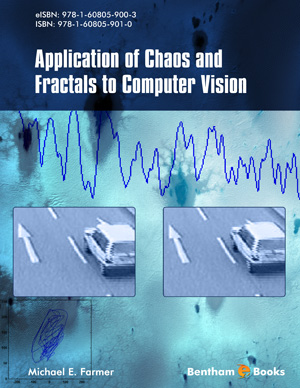Abstract
Leishmaniasis is a disease that affects humans, canids, rodents, and vertebrates. It is caused by different species of Leishmania protozoa, with tiny sand-fly insects as the incriminated vectors of the disease. Some cases of the diseases require treatment, while in other cases if left untreated, it can lead to the death of the affected victim. The factors that affect the distribution and abundance of these vectors are still not completely known. Therefore, it is of utmost importance to fill in the gaps necessary to fully understand the contributing factors to the abundance and distribution of the vectors and how these factors affect their behavior. Artificial Neural Networks is quite an accomplished problem-solving approach in computing and information technology-oriented devices. In this paper, backpropagation neural networks are applied in recognizing some vectors of leishmaniasis using some environmental factors and how these environmental factors contribute to the distribution and abundance of the vectors analyzed in this study.
Keywords: Artificial Neural Networks, Intelligent System, Leishmaniasis, Sandflies.





















